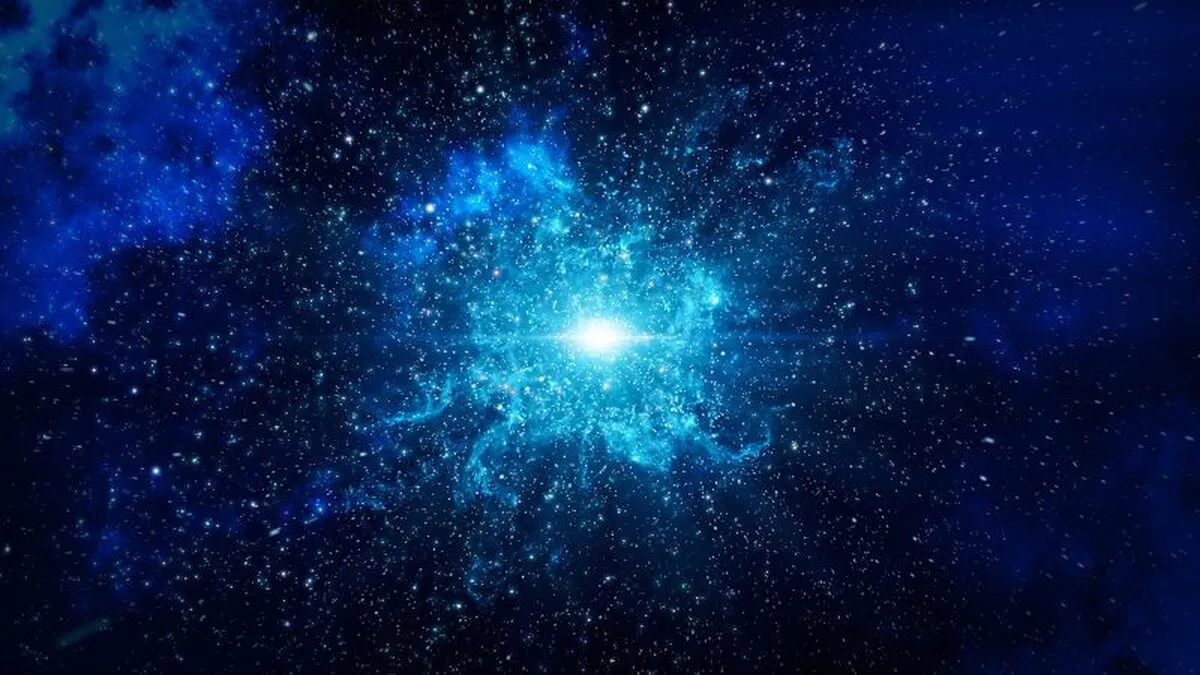Artificial Intelligence: First Stars Formed in Groups

An international team of researchers has used Artificial Intelligence and state-of-the-art supernova nucleosynthesis to discover that the very first stars in the Universe were not alone. The study has revealed that the majority of observed second-generation stars in the Universe were enriched by multiple supernovae, the Astrophysical Journal reported.
Now, the team hopes to use this method to better understand the early days of the Universe.
After the Big Bang, the only elements in the Universe were hydrogen, helium, and lithium. Research has shown that the majority of elements present in the Universe are produced by stars.
Astronomers are keen to study first-generation stars, which were the first to produce elements heavier than lithium. However, they are hard to study because none have ever been directly observed. This is because they are thought to have already exploded as supernovae. To gain insight into these stars, astronomers study the chemical signature of the first generation of supernovae imprinted on the next generation of stars.
Extremely metal-poor stars are believed to be stars formed after the first round of supernovae – based on their composition. These stars are rare, but enough have been found to be analysed by the team.
The team used Artificial Intelligence to analyse elemental abundances in more than 450 extremely metal-poor stars observed to date. They found that 68% of the observed metal-poor stars have a chemical fingerprint consistent with enrichment by multiple previous supernovae.
The results reveal that the first stars were formed in small clusters. This is because for the ejecta from previous supernovae to get mixed together in a single star, the supernovae must have occurred in close proximity. This offers the first quantitative constraint based on observations for the multiplicity of the first stars.
“Multiplicity of the first stars were only predicted from numerical simulations so far, and there was no way to observationally examine the theoretical prediction until now,” said Kavli IPMU Visiting Associate Scientist and The University of Tokyo Institute for Physics of Intelligence Assistant, Professor Tilman Hartwig.
“Our result suggests that most first stars formed in small clusters so that multiple of their supernovae can contribute to the metal enrichment of the early interstellar medium,” said Hartwig, who is also the lead author of the study.
“Our new algorithm provides an excellent tool to interpret the big data we will have in the next decade from ongoing and future astronomical surveys across the world,” said Chiaki Kobayashi, Visiting Senior Scientist and University of Hertfordshire Professor.
“At the moment, the available data of old stars are the tip of the iceberg within the solar neighbourhood. The Prime Focus Spectrograph, a cutting-edge multi-object spectrograph on the Subaru Telescope developed by the international collaboration led by Kavli IPMU, is the best instrument to discover ancient stars in the outer regions of the Milky Way far beyond the solar neighbourhood,” said Visiting Associate Scientist and National Astronomical Observatory of Japan Assistant Professor, Miho Ishigaki.
Now, the team hopes that their algorithm can be used to make the most of diverse chemical fingerprints in metal-poor stars discovered by the Prime Focus Spectrograph.
“The theory tells us that the first stars should be more massive than the Sun. The natural expectation was that the first star was born in a gas cloud containing a mass million times more than the Sun. However, our new finding strongly suggests that the first stars were not born alone, but instead formed as a part of a star cluster or a binary or multiple-star system. This also means that we can expect gravitational waves from the first binary stars soon after the Big Bang, which could be detected in future missions in space or on the Moon,” concluded Kobayashi.
4155/v





















